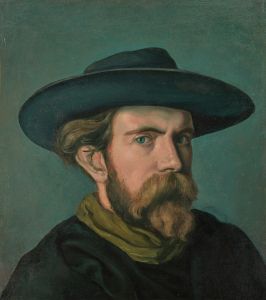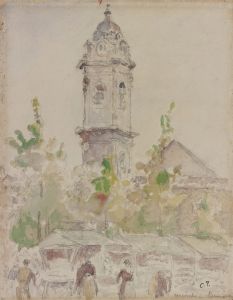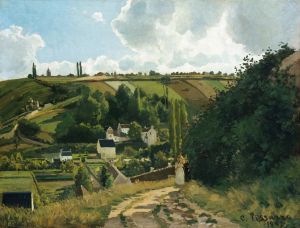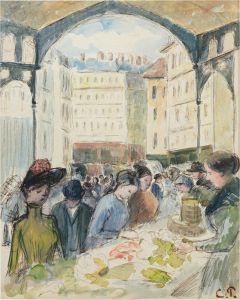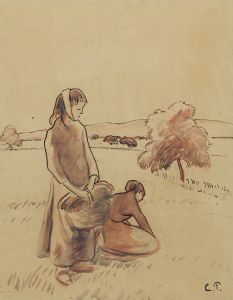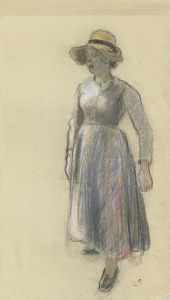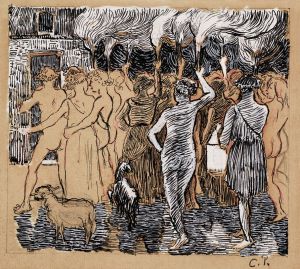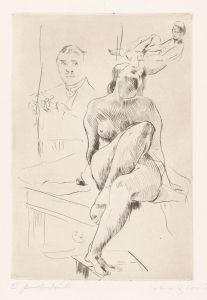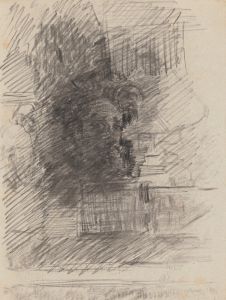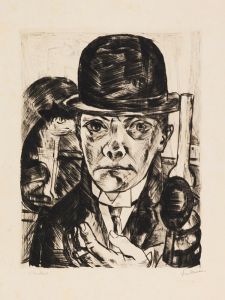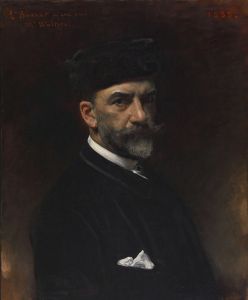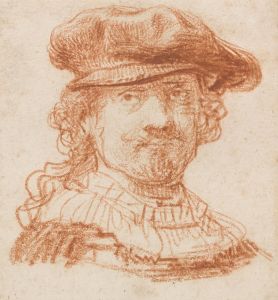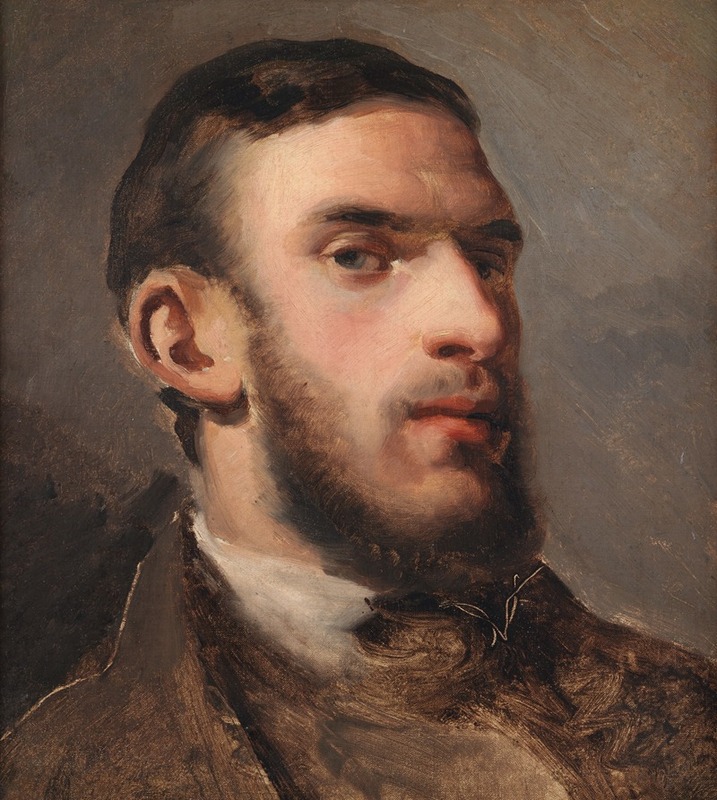
Self-Portrait
A hand-painted replica of Camille Pissarro’s masterpiece Self-Portrait, meticulously crafted by professional artists to capture the true essence of the original. Each piece is created with museum-quality canvas and rare mineral pigments, carefully painted by experienced artists with delicate brushstrokes and rich, layered colors to perfectly recreate the texture of the original artwork. Unlike machine-printed reproductions, this hand-painted version brings the painting to life, infused with the artist’s emotions and skill in every stroke. Whether for personal collection or home decoration, it instantly elevates the artistic atmosphere of any space.
Camille Pissarro, a Danish-French Impressionist and Neo-Impressionist painter, is renowned for his contributions to the development of modern art. Among his extensive body of work, Pissarro created several self-portraits, which provide insight into his artistic evolution and personal life. One of these self-portraits, simply titled "Self-Portrait," exemplifies his style and technique, reflecting his position within the Impressionist movement.
Pissarro was born on July 10, 1830, on the island of St. Thomas in the Danish West Indies. He moved to Paris in 1855, where he became a pivotal figure in the Impressionist movement. His self-portraits are significant as they not only document his appearance but also serve as a medium for exploring his identity as an artist. Pissarro's self-portraits are characterized by their introspective quality and the use of light and color, which are hallmarks of his broader oeuvre.
The "Self-Portrait" by Camille Pissarro, like many of his works, demonstrates his commitment to capturing the subtleties of light and atmosphere. Pissarro often employed a palette of soft, muted colors, which can be seen in his self-portraits. His brushwork is typically loose and expressive, allowing him to convey a sense of immediacy and presence. This approach aligns with the Impressionist emphasis on capturing the fleeting effects of light and the passage of time.
In his self-portraits, Pissarro often depicted himself with a thoughtful expression, suggesting a contemplative nature. His gaze is direct, engaging the viewer and inviting them to consider the artist's inner world. The background of his self-portraits is usually simple, ensuring that the focus remains on his face and expression. This simplicity also reflects the Impressionist tendency to prioritize the depiction of light and color over detailed representation.
Pissarro's self-portraits also reveal his interest in exploring different techniques and styles. Over the years, his work evolved from the more traditional techniques he learned during his early training to the innovative approaches that characterized his later work. This evolution is evident in his self-portraits, which show a progression from more detailed and structured compositions to those that are more fluid and expressive.
Throughout his career, Pissarro was a mentor and collaborator to many other artists, including Paul Cézanne, Paul Gauguin, and Georges Seurat. His influence extended beyond his own work, as he played a crucial role in organizing the Impressionist exhibitions that challenged the traditional art establishment of the time. Pissarro's self-portraits, therefore, not only reflect his personal journey as an artist but also his broader impact on the art world.
In summary, Camille Pissarro's "Self-Portrait" is a testament to his skill as an artist and his role as a key figure in the Impressionist movement. Through his use of light, color, and expressive brushwork, Pissarro captures his own likeness while also conveying the introspective and innovative spirit that defined his work. His self-portraits remain an important part of his legacy, offering a window into the life and mind of one of the most influential artists of the 19th century.





